Outpainting is a generative AI technique that extends an existing image beyond its borders, creating new content that seamlessly aligns with the original in terms of style, color, and context. Unlike inpainting, which fills in missing parts within an image, outpainting adds new visual elements outside the current frame, effectively expanding the scene.
Outpainting enables AI models to generate content beyond the initial image boundaries, maintaining coherence with the original image’s style and context. This technique benefits artists, designers, and content creators who wish to expand pictures without compromising integrity.
How Outpainting Works
Outpainting involves several steps:
- Input Preparation: The original image is placed within a larger canvas, creating empty spaces around it where new content will be generated.
- Prompting: A textual description or prompt guides the AI model on what content to generate in the extended areas.
- Generation: The AI model analyzes the original image and the prompt to produce new pixels that blend seamlessly with the existing image.
- Refinement: Post-processing techniques may be applied to enhance the quality and coherence of the outpainted regions.
Applications of Outpainting
Art and Design
Outpainting helps artists expand existing artwork without starting from scratch. They can add new visual elements, explore extended narratives, or complete unfinished compositions while preserving the original style.
Photography
Photographers can use outpainting to enhance or modify image backgrounds. This is especially helpful when reshooting is impractical. It allows seamless context extension, such as expanding landscapes or adjusting image framing.
Film and Animation
In media production, outpainting can generate large background environments or expand scenes in animation. This reduces reliance on manual asset creation and speeds up production workflows.
Virtual Reality
Developers creating immersive VR environments can use outpainting to expand static visuals into 360-degree spaces. This enhances realism and continuity without the need for manual modeling.
Marketing and Advertising
Outpainting helps marketers adapt a single image across different formats, like turning a square ad into a banner, without losing visual coherence. This reduces production time for ad variations.
Benefits of Outpainting
Creative Flexibility
Artists and designers gain more creative freedom. They can iterate quickly, testing multiple scene extensions and exploring new directions from a single base image.
Resource Efficiency
Outpainting saves time and effort by building on existing images rather than requiring new assets. This is particularly valuable for budget-constrained or rapid-turnaround projects.
Consistency
The technique maintains the look and feel of the original content. Colors, textures, and lighting remain cohesive, critical for storytelling and design integrity.
Customization
Outpainting allows for image extensions tailored to different platforms, audiences, or use cases, helping create content that aligns with brand goals or user preferences.
Challenges and Considerations
Quality Control
The extended areas must match the original image in resolution and style. Inconsistencies can reduce credibility or break immersion in professional settings.
Computational Resources
Running outpainting models, especially at high resolutions, demands significant GPU power and memory. This can be a limitation for smaller teams or users without cloud support.
Ethical Concerns
Manipulating and extending images opens up potential misuse, such as creating misleading or altered visuals. Ethical use policies and watermarking may be necessary.
Dependence on Prompts
The model’s output depends heavily on the quality and clarity of user prompts. Vague prompts can result in irrelevant or poorly integrated output.
Tools and Technologies Used in Outpainting
DALL·E
Developed by OpenAI, DALL·E supports image generation and outpainting via detailed text prompts. It is known for creative and stylistically rich outputs.
Stable Diffusion
An open-source alternative that supports outpainting through community-built tools and plugins. It offers flexibility for customization and experimentation.
Adobe Photoshop
Photoshop’s “Generative Fill” and content-aware tools allow users to extend images using AI. These features are integrated into familiar creative workflows.
Midjourney
Midjourney is a prompt-based tool that excels in artistic rendering. While not a dedicated out-of-the-box platform, it supports image extension in creative tasks through prompt tuning.
Future Prospects
Enhanced Realism
Advancements in generative models will lead to more accurate texture blending, better spatial reasoning, and finer detail in outpainted areas.
Real-Time Processing
Ongoing hardware improvements and software optimizations could make real-time outpainting feasible, streamlining creative processes for artists and developers.
Integration with Other Modalities
Outpainting will increasingly be combined with audio, text, and video generation. This multimodal integration can lead to richer storytelling and immersive experiences.
User-Friendly Interfaces
As outpainting becomes more mainstream, easier tools with intuitive interfaces will allow non-technical users, like marketers and educators, to use it effectively without needing coding skills.
Outpainting is a transformative technique in generative AI, expanding images beyond their original confines while maintaining coherence and style. Its applications span various industries, offering creative flexibility and efficiency. As technology advances, outpainting is poised to become an integral tool in digital content creation.

